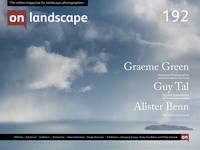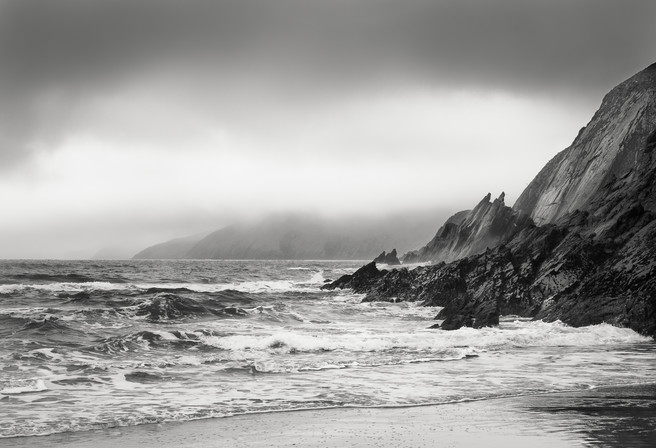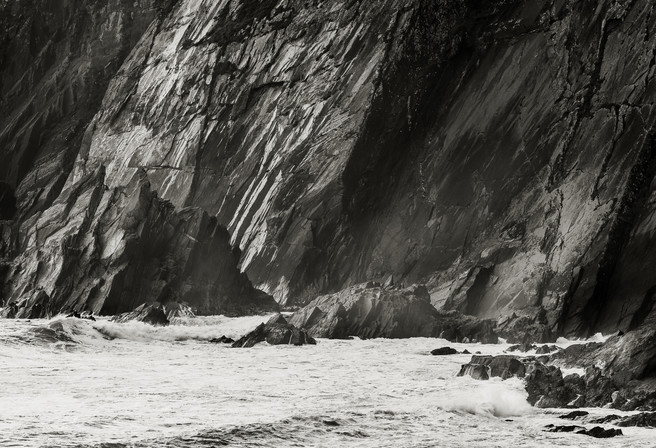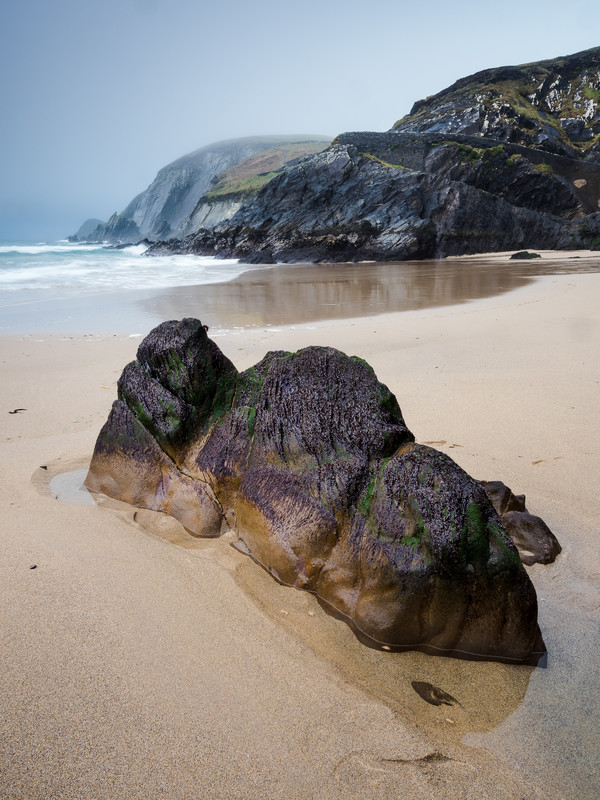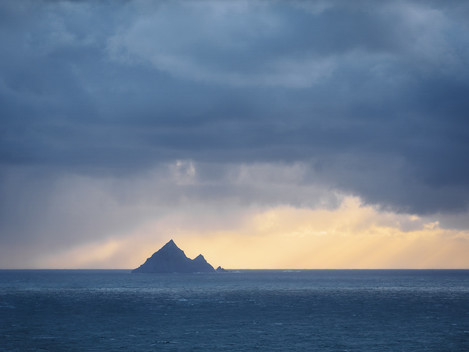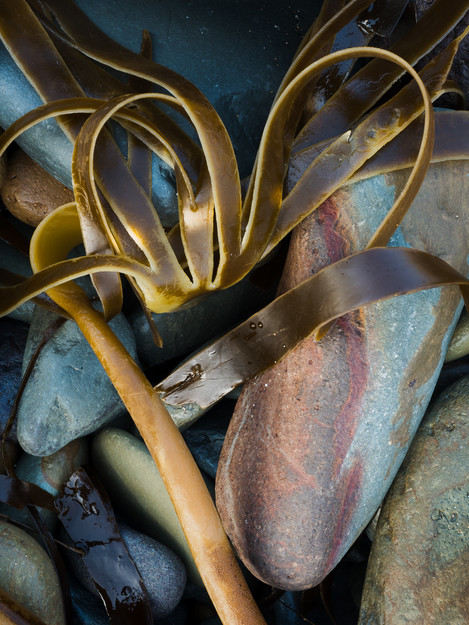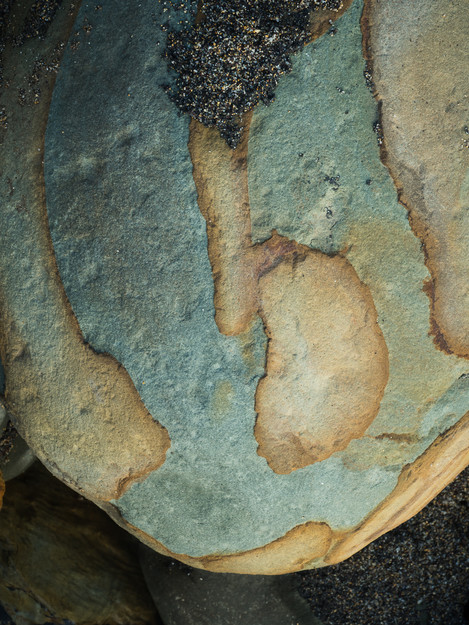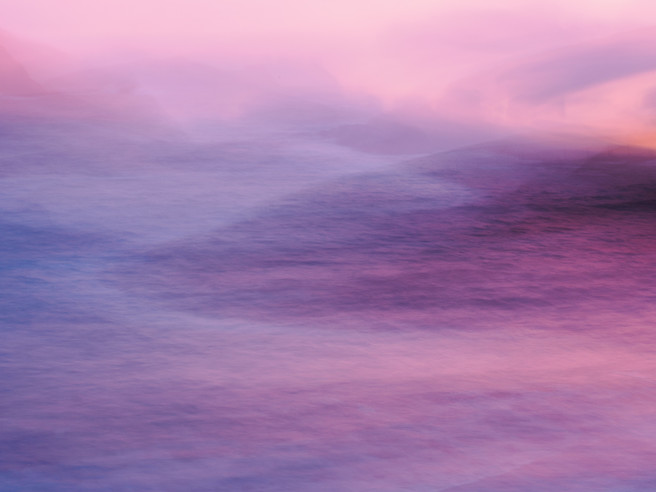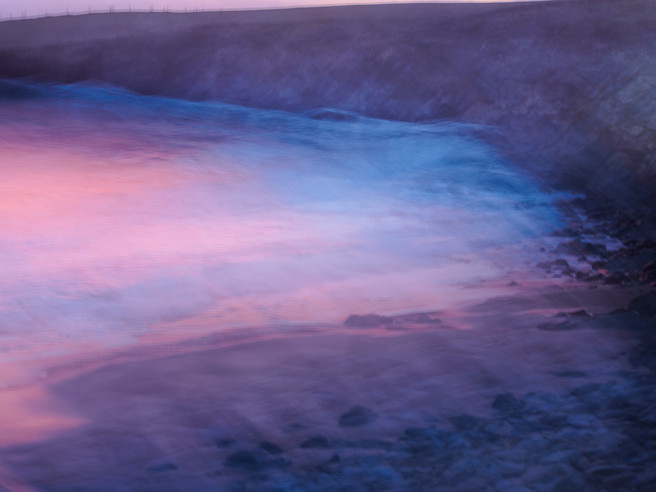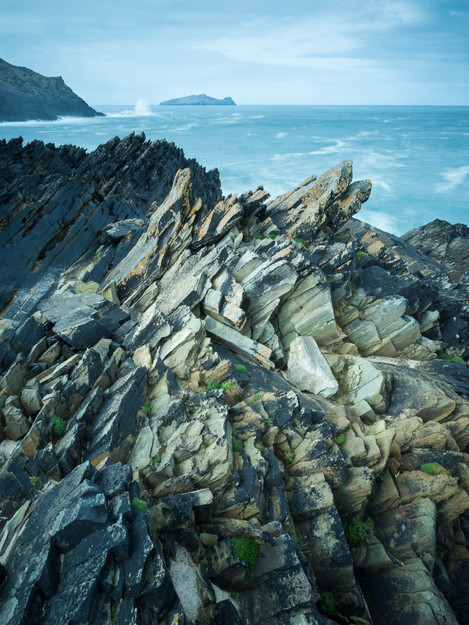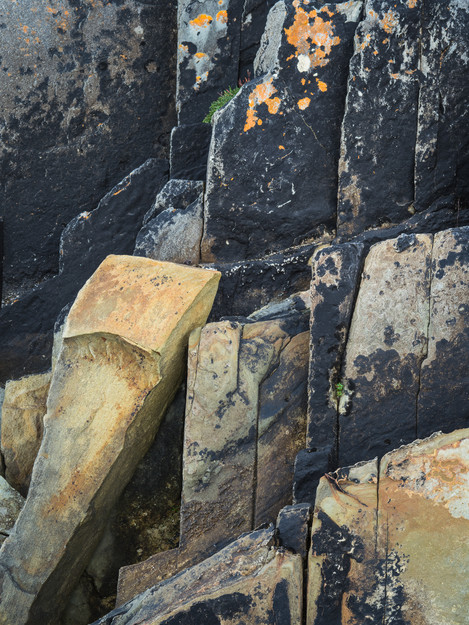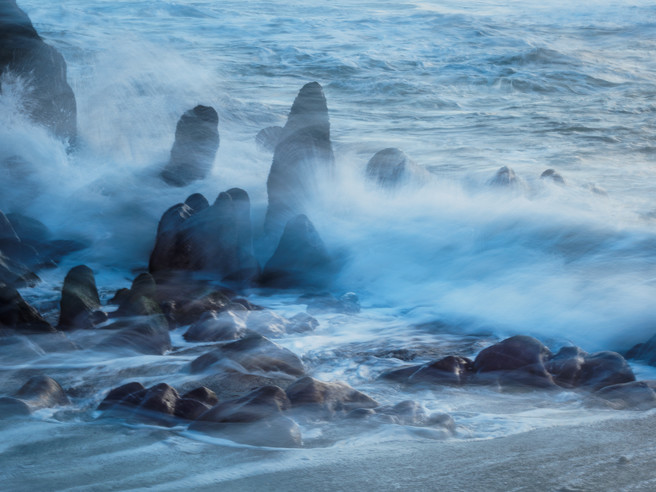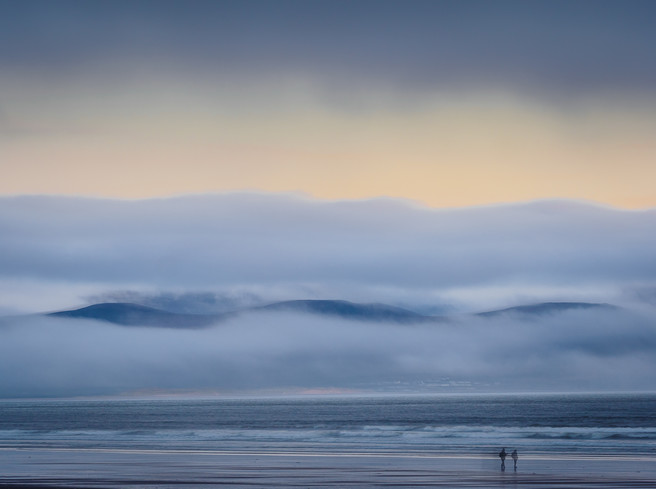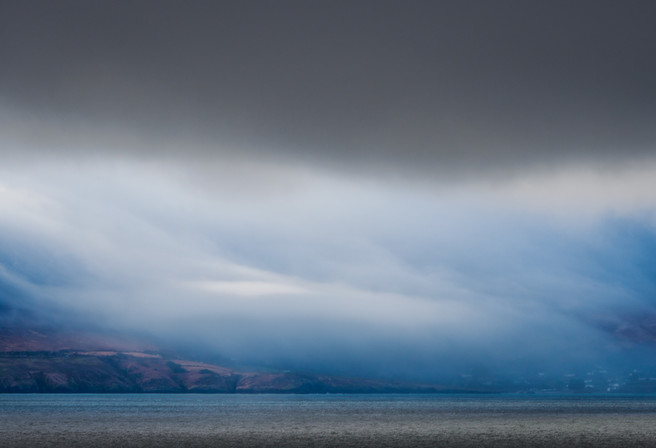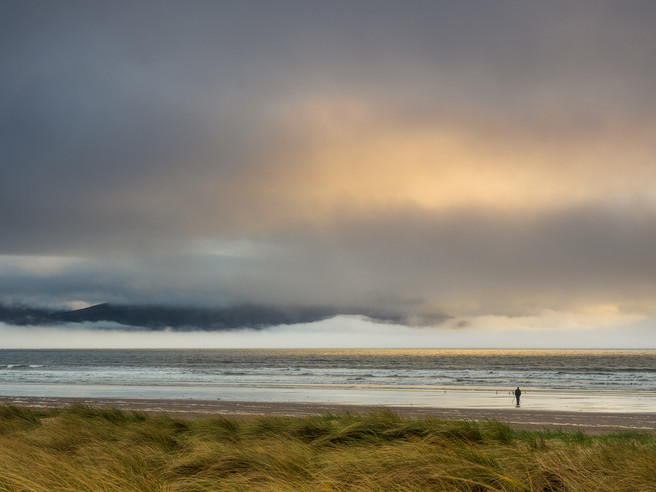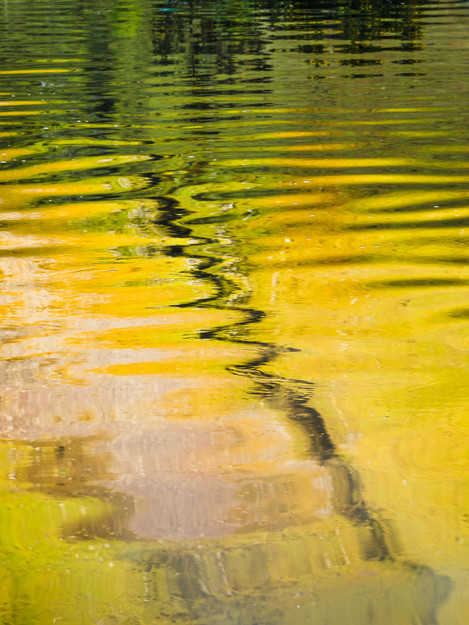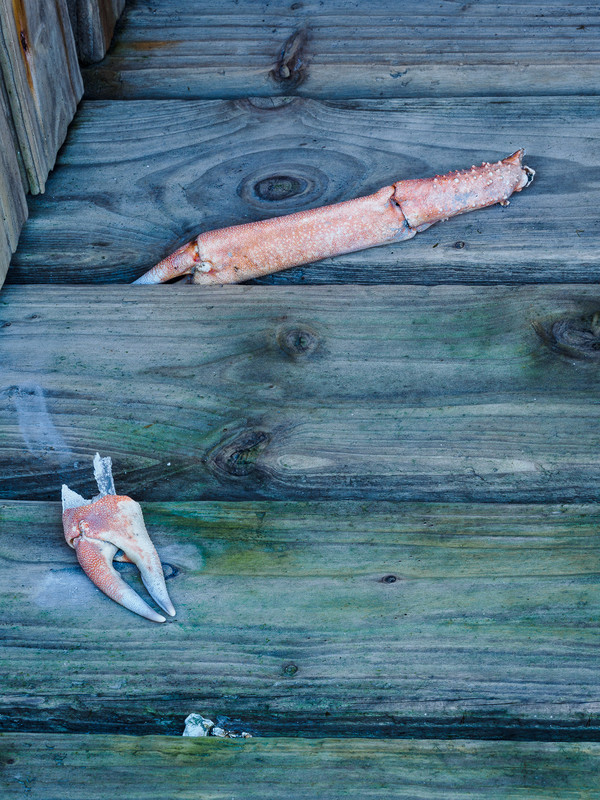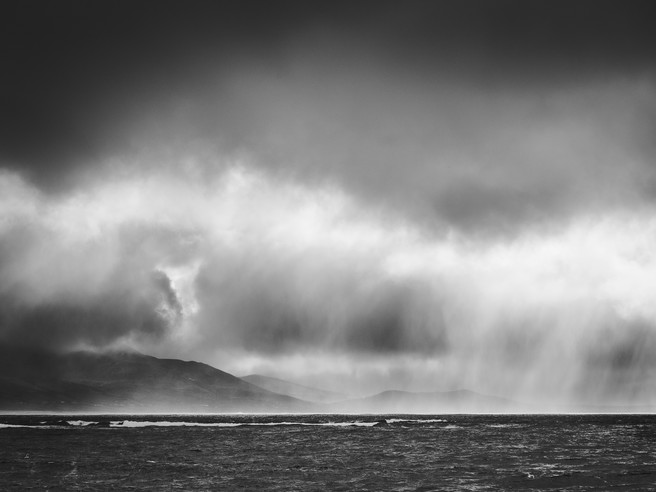Reflections on a photography trip

Adam Pierzchala
Now retired, I have more time to enjoy being out with my camera looking for scenes and subjects that pique my interest, especially coastal, woodland and close-ups. Although I still have several rolls of 35mm and MF film in my freezer, I shoot almost exclusively digital now
Dingle – the very name conjures up visions of traditional Ireland: folklore, humorous stories told in busy pubs, and song and dance. A very welcoming picture indeed! And so it was that the second half of March 2019 saw four photographer friends meet-up at Cork airport and start the 2½ hour drive to Dingle in County Kerry, one of the five “fingers” in the South-West of Ireland. The gentle Irish landscape was a soothing sight for a city-dweller like me; rolling hills followed by mountains in the distance and finally the coastline as we approached Dingle. Having settled into our rented accommodation, we had time to explore some of the closest coves and later that evening decided on a series of possible locations to visit over the coming week.
My friends are passionate photographers, primarily landscapers, yet with differing photographic interests and different ways of seeing and making images. As often happens in groups, at any one location we usually went off in various directions looking for our own images and probably never had our lenses pointing in exactly the same direction and set to the same focal length. The coast was the main feature, but we also photographed rock details, rust and dereliction, woodland and classic landscapes. There was plenty to do for all of us and we all had the opportunity to be challenged outside our normal comfort zone. In this article I have chosen my own favourite images from the 3 locations we visited most often, namely Coumeenole Beach and Clogher Head and Beach on the western coast and Kinnard Beach in the south. I also show some images from Inch Strand on the south coast, which we visited just once but which worked out better for me than I had hoped, and one image from each of three other locations.
Coumeenole Beach
We went to Coumeenole Beach a couple of times, apart from a recce at the start of our week. On our first proper visit the skies were moody with intermittent sun and I decided to work in monochrome. I made an image that I particularly like for the light over the distant headland and the reflections off the nearby wet cliffs.
We returned a few days later, in what turned out to be even worse conditions: an ever-changing mix of low cloud, mist, fine drizzle and outright rain were the main challenge, later compounded by the incoming tide lapping around our feet. Despite this, we were all quietly working away at making photographs with almost nobody else around to disrupt us. Only at the very end did a group of tourists arrive, leaving footprints everywhere on the sand but by then we were almost done. I am quite pleased with two images I made depicting the miserable conditions, one monochrome and one colour. I think that the moody and mysterious feel comes across in both.
Clogher Head and Clogher Beach
Further over at Clogher Head, there are great views over to the Blasket Islands and Skellig Michael, location for many Star Wars scenes. I found the dramatic coastline here, enhanced by the stormy skies, irresistible and not wanting to miss the light, rather than look for a strong foreground I settled on a simple view out to sea. Although I risked a 2-dimensional result, I felt that the dramatic light was mesmerising. A long focal length allowed me to isolate the pointy rock which stood out all the more against a bright creamy-yellow patch among the clouds. Well, those heavy, brooding and very ominous blue-grey clouds did come in and we found ourselves absolutely hammered by a sharp rain and hail squall!
We came back here another day, this time to the eponymous beach and once again we found challenging conditions – this time it was bright sunlight and a strong wind churning up big waves that came barrelling into the cove, driving sea spray straight into our lenses. I chose to forego the wider views and thus avoid the spray, concentrating on details. The beach has a good selection of jagged rocks, rounded boulders and sand patterns which kept me happy for an hour or so, especially as more clouds began to appear and diffuse the light.
On an evening visit near the end of our trip, I was down on the beach again, whereas my friends had gone up onto the An Drom headland at the other side of the bay. As the sun disappeared behind the headland and apparently into a cloudbank (which I couldn’t see) all hope of a sunset faded. In the dying light I packed my bag and went back up to the car park to await my companions. It was beginning to get dark when quite suddenly the sky lit up with an amazing display of pinks and magenta… Disaster! I had no worthwhile subject matter near me, going back to the beach and setting up again with tripod and filters would risk missing the show altogether! Then the thought struck me: shoot hand held from where I was and use the unavoidable long exposures for ICM. Shooting from above the beach with longer focal lengths, I made a series of images of the sea foam coming in over the boulders below and of the headland and pink-magenta sky above. The ICM mixed the blues and magentas to create new colours; I also blended some of the frames in-camera after shooting. To my delight all this worked rather well: the colours and lovely textures due to the in-camera blending created fascinating abstracts, yet I think still recognisable as coastal scenes. I found the whole experience exhilarating. I know others have done this and it’s becoming a popular way of photographing, but to me this was new and it worked. I felt like a child discovering something and having a great time doing so!
We went back to the Clogher area one more time on the last day and this time I too went up the An Drom headland from where my friends had been shooting that amazing sky the previous evening. The top is a bizarre other-worldly landscape of jagged rocks that are really difficult to walk across, requiring constant care to avoid tripping up and possibly twisting an ankle. It is also a difficult area to shoot, but I managed to compose one vista that I rather like and various rock details, using focus stack on some to ensure sharpness throughout the frame.
Kinnard Beach
Kinnard Beach on the south coast was close to home, perhaps 15 minutes’ drive. On our first exploratory visit the weather was stormy and the tide too high for photography, but we could see that the location offered good potential. Two days later the wind was still quite strong, whipping up the sea, but we had good afternoon sun on a nearby sea stack and on the clouds over the distant mountains across the bay. I have been playing with a bit of ICM over the last couple of years and having hitherto been a rather purist photographer, trying out these new techniques (at least they are new to me) has been good fun and I am starting to produce images that describe the different elements and, perhaps more importantly, the mood and “feel” of the scene before me. The image here is a single exposure of a wave breaking on sand with that of a different wave breaking over the rocks. It’s hand-held so there is some inevitable softness visible in the rocks, but I don’t think that this detracts from my attempt to portray the crashing waves almost making the rocks shudder.
We came back again at the end of our stay, this time in rather flat lighting and drab skies. Although there was some good movement in the sea, once again I felt happier working on details. Right at the end of the evening just as it began to drizzle, I came across wonderfully coloured pebbles higher up on the beach; I shot a series of detail images with the intention of selecting three for a triptych.
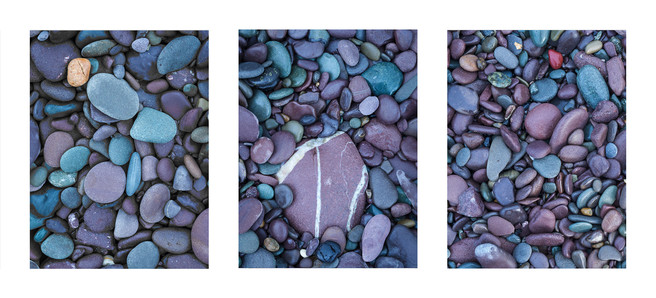
And then on my way back up to the car I noticed some bright but pastel-coloured pebbles scattered on the reddish-brown rock face at the back of the beach. The colours, shapes and textures were too good to ignore and I made another composition, using focus stack to ensure sharpness throughout the frame.
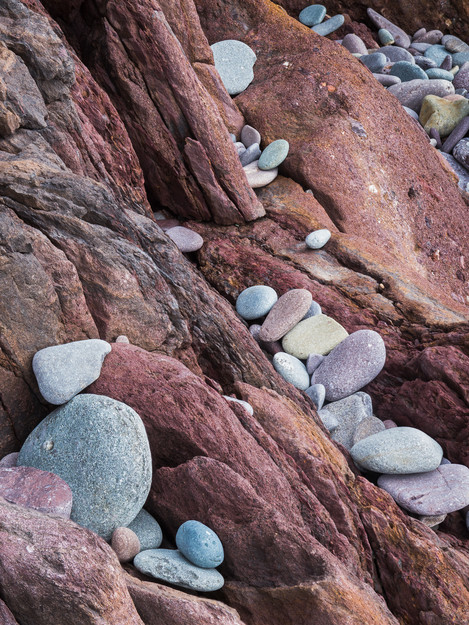
Inch Strand
Inch Strand is a vast expanse of beach and low dunes and on our visit we were rewarded with amazing evening sun, battling with constantly changing but predominantly low cloud. I headed into the grassy dunes (reminiscent of Seilebost on Harris) but struggled to find a good foreground. I thought of going down to the water where my friends were shooting, but was worried that I would miss out on the light which could disappear at any moment. I decided to stay more or less rooted to the spot and shoot the play of light on the clouds as my main subject. I was aware that this could turn out to be rather flat, but with the changing light I hoped that something better would result and that sheer joy of just being there would come across. As the scene changed, I again experimented with long exposures both on and off the tripod (up to 10 secs, hand-held), ICM and multi-exposures. Once the sun had disappeared, I headed back to our car but as the others were still shooting somewhere out of sight, I changed to a telephoto and played further with different settings. I am pleased with my images and rather surprised at how the different techniques gave me a range of pictures which really do reflect my experience and memories of that wonderful evening.
Finally, I am also showing four images from some of the other locations, most of which we visited only once. The first is from a small area of forest that had been cleared, leaving a line of denuded pine trees. The stark graphic scene with limited colour made me think in monochrome, but distilling it to the elements that piqued my interest was less easy than I expected. Perhaps the tile should be II I/\II X rather than Trees?
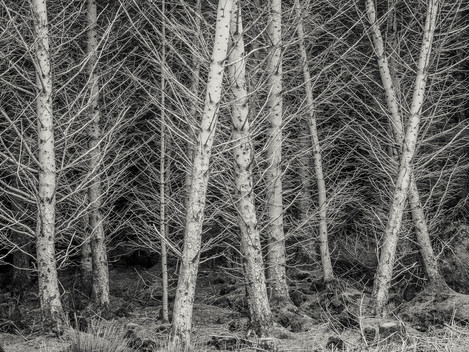
We also headed inland to the isolated but rather pretty Lough Annascaul, where I was taken by the reflections at a quiet part of the lake. Wonderful abstracts came and went as small wavelets developed in the breeze, distorting the reflected tree trunks. I spent an enjoyable half-hour or so, watching the water and exposing a few frames of the changing shapes.
Lastly there was Brandon Bay where at Scraggane Pier we found an array of details related to fishing: lobster pots, rusty boats and weathered wooden crates that were empty save for some lobster claws. With blue sky above, the partially covered crate I photographed was very blue inside, contrasting nicely with a red claw and part of a leg. A somewhat bizarre and macabre subject, almost malevolent as though the claw might come scuttling across to me… Perhaps my favourite image from there!
On the way back from the pier we saw a fantastic display of distant clouds and rain showers back-lit by the sun. The contrast was very high and I opted for black-and-white as the scene rapidly changed before our eyes. The image shown here gives a flavour of the drama as the clouds moved across the bay; one of my family said it reminded him of a tsunami charging towards us.
All in all, despite at times uninspiring light conditions and locations where I found composing a vista really difficult, for me this was a successful trip and in great company too. I developed my use of the camera in less conventional ways and have extended my photography into new areas. As always, whether on organised workshops or in a private group of friends, the evenings spent reviewing and chatting about our work are a rich source of learning and sharing ideas with each other. I would like to thank my companions for their friendship and supportive manner throughout the trip and their generosity in sharing ideas and images and their encouraging critiques.

